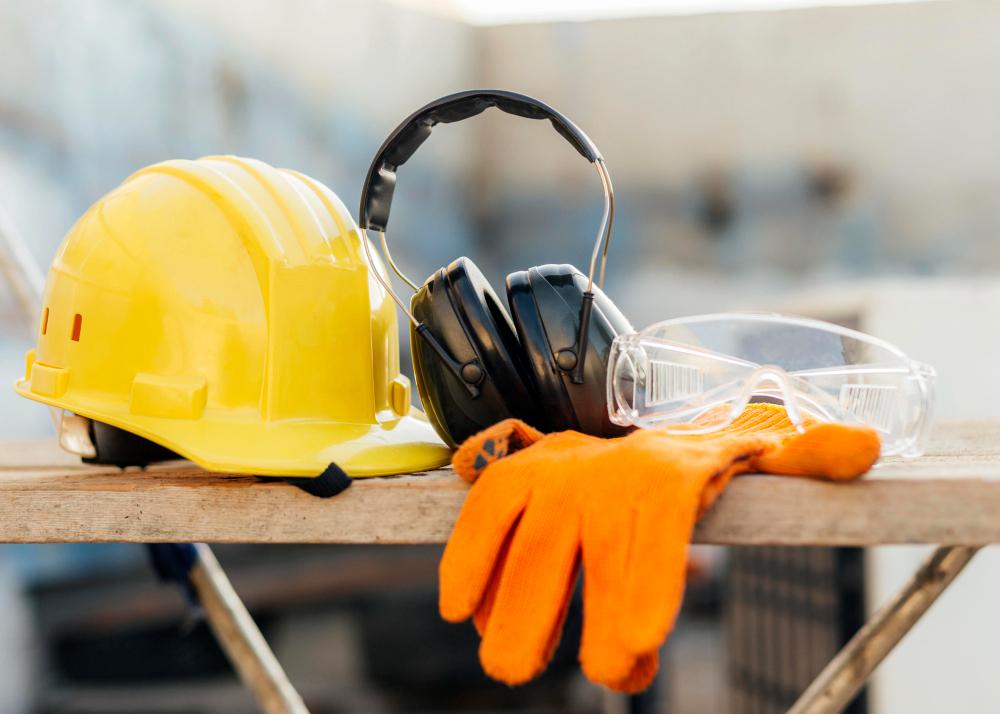Embarking on a home renovation project can be an exciting venture, offering a sense of accomplishment and the opportunity to customize your living space. However, safety should always be at the forefront of any DIY endeavor. This comprehensive guide outlines the essential safety equipment needed for various home renovation projects, ensuring that your journey into home improvement is not only successful but also safe.

Understanding the Importance of Safety in DIY
The Basics of DIY Safety
The key to a successful DIY project lies in understanding and implementing basic safety protocols. From wearing appropriate attire to understanding the risks associated with different tools and materials, a well-informed approach is crucial. Safety measures prevent accidents and ensure that your renovation project is a rewarding experience.
Assessing Project Risks
Before diving into any renovation task, it’s important to assess the potential risks involved. Understanding the scope of the project, the tools required, and any inherent dangers can help in planning effective safety strategies.
Essential Safety Equipment for Home Renovation
Personal Protective Equipment (PPE)
Personal Protective Equipment is a must in any DIY project. Essential PPE includes safety goggles to protect your eyes from debris, heavy-duty gloves to guard against cuts and scrapes, and a dust mask or respirator for projects that generate harmful particles. Don’t forget about ear protection when using loud power tools, and sturdy footwear to protect your feet.
Ladder Safety
Ladders are indispensable in many home renovation projects but can be a source of accidents if not used correctly. Ensure you have a stable, sturdy ladder appropriate for the task. Always place ladders on a flat surface and never overreach while on them.
Fall Protection Tripods
In projects that require working at heights or in difficult-to-reach areas, fall protection tripods offer an added layer of safety. These devices are especially useful in scenarios where balance and stability are crucial, providing a secure anchor point to prevent falls.
First Aid Kit
A fully stocked first aid kit should be readily accessible during any renovation project. Your kit should include bandages, antiseptic wipes, adhesive tape, scissors, and basic pain relievers. It’s also wise to familiarize yourself with basic first aid procedures in case of minor injuries.
Understanding Your Tools
Power tools can greatly enhance the efficiency of your renovation work but require careful handling. Read and understand the user manuals for all your power tools. Make sure you’re comfortable with their operation before starting your project.
Regular Maintenance of Tools
Regular maintenance of your tools is essential for safe operation. This includes checking cords for fraying, ensuring blades are sharp and properly installed, and routinely cleaning your tools to keep them in good working order.
Electrical Safety
When working with or around electricity, extreme caution is necessary. Always turn off the power at the source before working on electrical components. Use a voltage tester to ensure that wires are not live before handling them.
Creating a Safe Work Environment
Organizing Your Workspace
A clean and organized workspace is key to preventing accidents. Keep your work area free of clutter and tripping hazards, and ensure that all tools are stored safely when not in use.
Ventilation and Lighting
Proper ventilation is crucial, especially when working with paints, solvents, or any materials that emit fumes. Adequate lighting is also important to ensure you can see your work area clearly and avoid accidents.
Educating Family Members
If you live with family or have frequent visitors, educate them about the hazards in your work area. Set clear boundaries and rules to ensure they stay safe around the renovation site.
Conclusion
Home renovation can be a fulfilling DIY adventure, but it’s vital to prioritize safety throughout the process. Equipping yourself with the right safety gear, like fall protection tripods, and adhering to safety best practices can help you avoid accidents and injuries. By preparing your workspace, understanding and maintaining your tools, and implementing effective safety measures, you can ensure that your home improvement projects are not only successful but also safely executed. Remember, taking the time to focus on safety is an investment in the success and enjoyment of your DIY endeavors.





